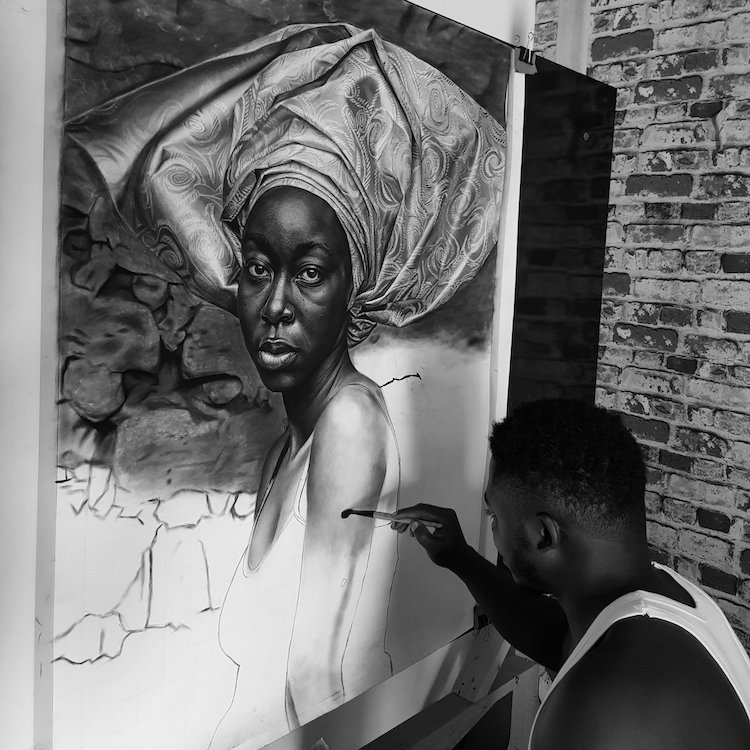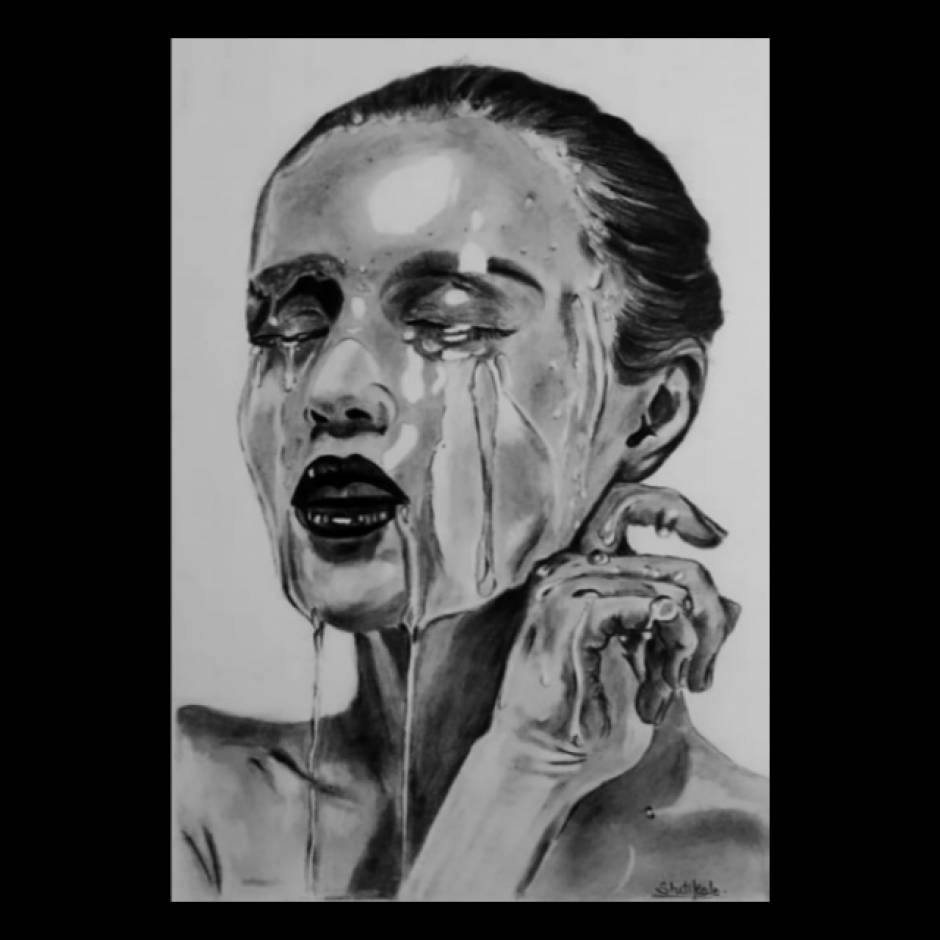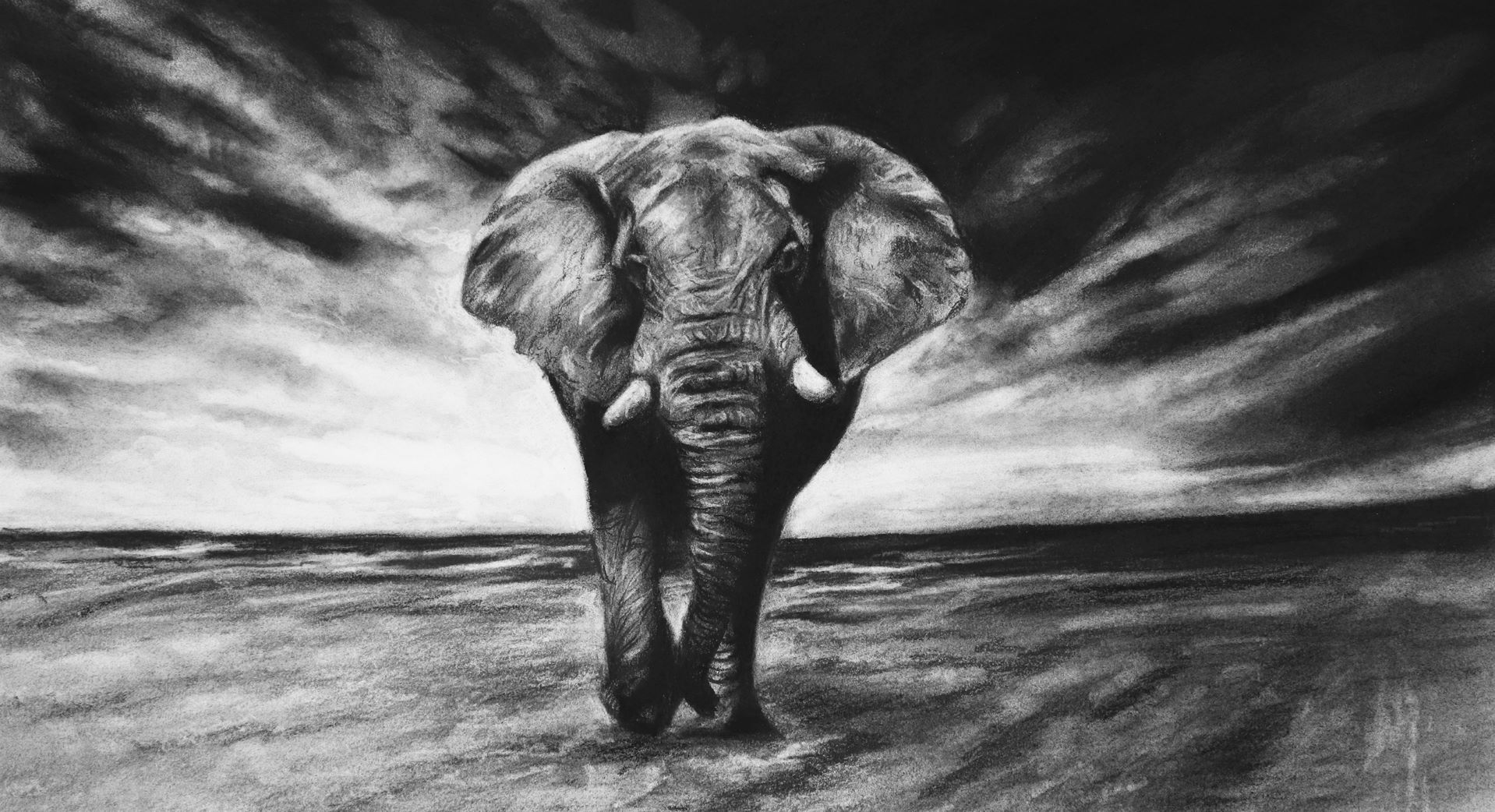Realistic charcoal drawing is an art form that mirrors the depth and texture of life itself. It provides a means to transfer the dynamic and complex forms of reality onto a flat surface with remarkable fidelity. This alchemy requires not just technical skill but also a profound understanding of light, shadow, and form. For artists eager to embrace this medium, this article outlines the process of selecting the right materials, shaping initial outlines, refining techniques for lifelike detail, and employing the power of light and shadow to evoke the essence of life on paper.
Essential Tools for Charcoal Artistry
Choosing Quality Materials
High-quality materials lay the groundwork for superb realistic charcoal drawings. Artists must select their tools with careful consideration. Drawing papers with an appropriate tooth can grip the charcoal enough to create texture without causing unwanted smudging. Thick, durable papers withstand repeated erasing and layering. Charcoal comes in several forms, including pencils for fine lines, sticks for broader strokes, and powder for large areas of shading. The paper and charcoal an artist chooses will dictate the achievable range of value and texture in their work.
Enhancing the Craft with Auxiliary Tools
Beyond charcoal and paper, numerous additional tools are indispensable for creating nuanced drawings. Blending stumps and chamois allow for smooth transitions, while kneaded erasers can lift charcoal from paper to create highlights or correct mistakes. Fixative sprays preserve finished drawings, protecting them from smudging and dust. Investing in these tools can significantly expand an artist’s ability to manipulate charcoal, offering better control over light and dark values and finer distinctions in textural detail.

Building a Strong Foundation
Creating Accurate Outlines
An effective drawing starts with accurate outlines. This step does not aim for detail but instead captures the correct scale and proportions of the subject. Utilizing basic shapes and lines to outline the form provides a guide for later work. Drawing lightly at this stage is important as it allows for easier adjustments as the piece progresses. Ensuring that the foundational shapes are in place and proportionate is vital for a successful realistic charcoal drawing.
Understanding Anatomy and Structure
To achieve realism, an in-depth understanding of the subject’s anatomy and structure is crucial. For portrait or figure drawing, this involves studying human anatomy to capture realism successfully. For other subjects like landscapes or still lifes, it means observing structural elements and understanding perspective. Knowledge of the underlying form can inform how to build up tone, represent texture, and convey depth, contributing to the convincing quality of the final piece.

The Role of Values in Realism
Mastering the Spectrum
Realism hinges on the correct use of value—the range of light to dark. Charcoal is an ideal medium for exploring this spectrum because it can produce both intense darkness and feather-light grays. Artists must practice transitioning smoothly between different tones, using charcoal’s responsiveness to pressure to their advantage. The manipulation of value creates the illusion of three-dimensionality, making a flat image appear lifelike.
Employing Light and Shadow
To capture life on paper, you must understand how light behaves and how objects interact with it. Where light is most intense, highlights appear, and where objects block light, shadows form. The contrast between these elements gives a drawing its form and substance. Master charcoal artists use shadows to hint at shapes and forms not directly outlined in their pieces, allowing viewers’ eyes to complete the image.

Finishing Touches
Attention to Detail
The realism of a charcoal drawing is often determined by the artist’s attention to detail. Subtle textures, gradients, and contrasts all contribute to the final image’s lifelike appearance. By carefully observing the subject and translating even the smallest of details onto paper, artists can make their drawings come alive. Including these precise elements may require a slow and meticulous approach, but their impact on the drawing’s realism is profound.
Capturing the Character
A drawing transcends mere representation when it captures its subject’s unique character or essence. This requires an intimate understanding of the subject, whether it’s the playfulness in a pet’s eyes, the weathered textures of an old tree, or the gentle folds of a fabric. The artist’s ability to perceive and depict these subtleties is what breathes life into their work and produces a truly realistic piece that resonates with viewers.

Refining Techniques for Lifelike Textures
The Subtlety of Texture
Realism in charcoal drawing isn’t just about replicating shapes and forms, it’s about conveying the very texture that gives objects their tangibility. Whether it’s the roughness of bark or the silkiness of skin, texture requires a varied approach. Techniques such as stippling, hatching, and cross-hatching help build up these textures. Artists learn to vary the density and directionality of their strokes to mimic the character of different surfaces, inviting viewers to “feel” the subjects with their eyes.
Layering and Lifting
Charcoal is unique in its ability to be both additive and subtractive. By layering charcoal, artists can deepen shadows and build up the richness of darker areas. Conversely, they can use erasers to lift off some of the charcoal, softening areas or creating highlights. This push and pull strategy is a powerful technique for developing lifelike depth and volume. Mastering the delicate balance of these two approaches empowers an artist to create realistic and dynamic textures.

Bringing It All Together
Polishing the Final Piece
After creating accurate outlines, developing complex textures, and utilizing light and shadow, it’s time for final adjustments. Reviewing the entire piece for balance and harmony, the artist makes subtle changes that can have a significant impact on the overall effect. This might involve deepening a shadow, refining an edge, or adding a highlight to bring forward a feature. This final stage is where the artist steps back, critiques the work as a whole, and applies the finishing touches that complete the visual narrative.
Realistic charcoal drawing is a meticulous and demanding art form that offers deep rewards for both the artist and the viewer. It demands a synergy of high-quality materials, a strong grasp of foundational techniques, mastery of light and shadow, and a discerning eye for detail. By harnessing the versatility and richness of charcoal, artists invite us to see the familiar world anew, capturing not just images but life itself on paper. Whether a novice or an experienced drafter, anyone can embark on this enriching journey to bring the vibrancy of the world around them to the stark canvas before them.